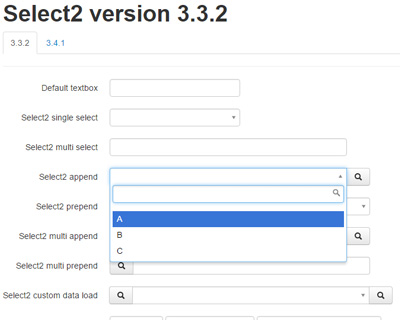

++code>flexGrow++/code> (and ++code>flexShrink++/code>) controls the size of an item along what is usually called the main axis of the container (see the React Native doc) : in our case, horizontally. I used to believe that it was because of the ++code>flexGrow++/code> part that ++code>flex: 1++/code> worked we had to allow the element to grow vertically, so the text could gently wrap in a wider space? Nice mental model, but it's wrong! I recommend this article on CSS-Tricks: clear and well illustrated, made for web CSS but really useful for React Native too. Note: If you need a reminder about Flexbox properties, We won't discuss the ++code>flexBasis++/code> property in this article, as it has no impact in the problem. In the Flexbox layout, ++code>flex: 1++/code> is a shortcut for 3 style properties: 1.2 why does the solution works: FlexGrow & FlexShrink The Text is wrapping, but not enough so we can see it entirely. The row container is itself in a classic vertical ++code>View++/code>. But they are not impacting for the study: everything essential is above.īasically, what we have is a++code> Text++/code> in a row container, with an icon before. Used some extra padding, colors and radiuses.
#Flexbox text overflow ellipsis code#
Note: You can play around with the code to obtain the screenshot, I Here is a React Native code that allows to reproduce the bug ?: Why is the solution working? 1.1 situation Basic knowledge of React Native / Javascriptġ. This article does not require an extended developer experience to be understood. You will need: Then, more interestingly, I explain why was the Text going off screen in the first place First why is the StackOverflow fix workingĢ. And after some exploration, I happily announce you that I solved it! ? I'll explain everything in this article:ġ. In all these examples, let’s assume we have a “module”.You see, it made a lot of reasons to want to solve this mystery.

Mauris placerat eleifend leo.Īnd you want to limit it to exactly three lines in a container. Donec eu libero sit amet quam egestas semper. Vestibulum tortor quam, feugiat vitae, ultricies eget, tempor sit amet, ante. Pellentesque habitant morbi tristique senectus et netus et malesuada fames ac turpis egestas. In case that explanation wasn’t clean, imagine you have some HTML like this: There are a couple of ways to get it done, none of them spectacular. When you can count on the text being a certain number of lines, you can create stronger and more reliable grids from the elements that contain that text, as well as achieve some symmetric aesthetic harmony. That’s “line clamping” and it is a perfectly legit desire.


 0 kommentar(er)
0 kommentar(er)
